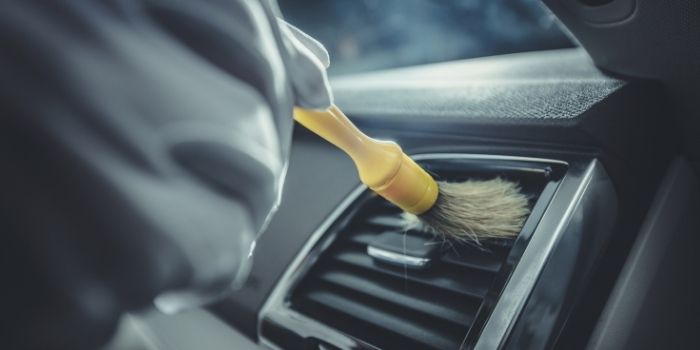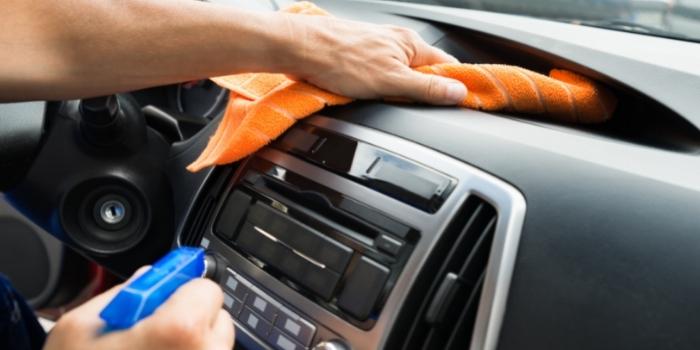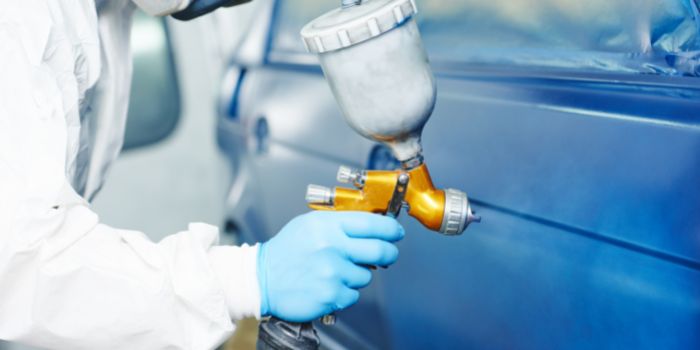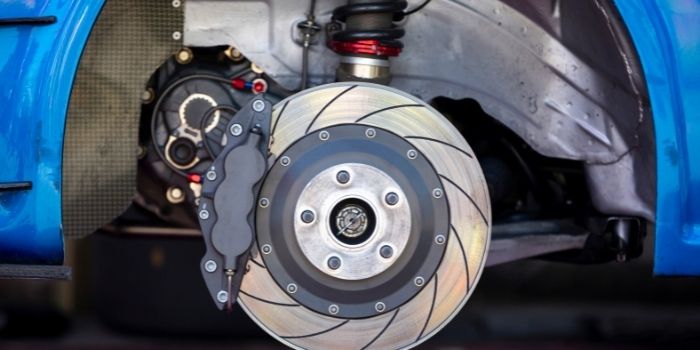A car vent controller is a small device that attaches to your car’s vents. It allows you to control the direction and flow of air in your car.
A vent controller in your car can be a great way to stay comfortable in your car, especially during the summer months. By directing the airflow, you can cool down the interior of your car without having to blast the air conditioning. But, if your car’s vent controller isn’t working, there could be a few reasons why.
In this blog post, we’ll go over the most common causes of vent controller failure and how to fix them. Keep reading for more information.
Vent Controller Failure – Causes and Fixes
If your car’s vent controller isn’t working properly, there could be several reasons behind it. Here are some common causes and potential fixes:
1- Blown Fuse: The most common reason for non-functioning controls is a blown fuse. Check the fuse box and replace any blown fuses with ones of the same amperage.
2- Faulty Controller Unit: The controller unit itself may be faulty. This could be due to wear and tear, electrical issues, or water damage. In such cases, you may need to replace the controller unit.
3- Electrical Issues: Check for any loose connections or wiring problems in the control unit. Sometimes, loose connections or damaged wiring can prevent the controller from functioning properly. Repair or replace any damaged wiring or connections.
4- Blocked Vents: If the vents are blocked due to debris or dust buildup, it can restrict airflow and prevent the controller from effectively directing air. Clean out any debris from the vents using a vacuum cleaner or compressed air.
5- Faulty Blower Motor: If the blower motor is faulty, it may not respond to the controller’s commands. Test the blower motor to ensure it’s functioning properly. If not, replace the blower motor.
6- HVAC System Malfunction: If the entire HVAC (Heating, Ventilation, and Air Conditioning) system is malfunctioning, it could affect the vent controller as well. This could be due to various reasons such as a refrigerant leak, compressor failure, or sensor issues. Have the HVAC system inspected by a professional mechanic to diagnose and repair any underlying issues.
7- Software or Calibration Issues: In modern vehicles with digital controls, software glitches or calibration issues may cause the vent controller to malfunction. Try resetting the system by disconnecting the battery for a few minutes or following the reset procedure outlined in the vehicle’s manual. If the problem persists, you may need to visit a dealership or qualified mechanic to diagnose and recalibrate the system.
8- Damaged Control Knobs or Buttons: Physical damage to the control knobs or buttons can prevent them from functioning properly. Inspect the controls for any signs of damage and replace them if necessary.
If you’re unsure about how to diagnose or fix the issue, it’s best to consult a professional mechanic or technician who has experience working on automotive HVAC systems. They’ll be able to accurately diagnose the problem and recommend the appropriate solution.

Based in Orem (Utah) John Paterson graduated from Utah Valley University and has begun writing in 2009. He has a large wealth of experience in writing articles related to cars, automotive repair, wheels, cleaning/maintenance, and much more. He has also written instructional articles in a similar niche for a few online publications as well. Currently, he works as a mechanic in his personal garage shop where he loves serving his countrymen from his heart.







